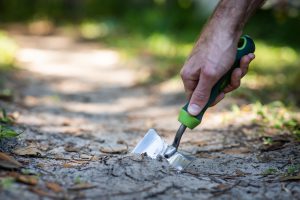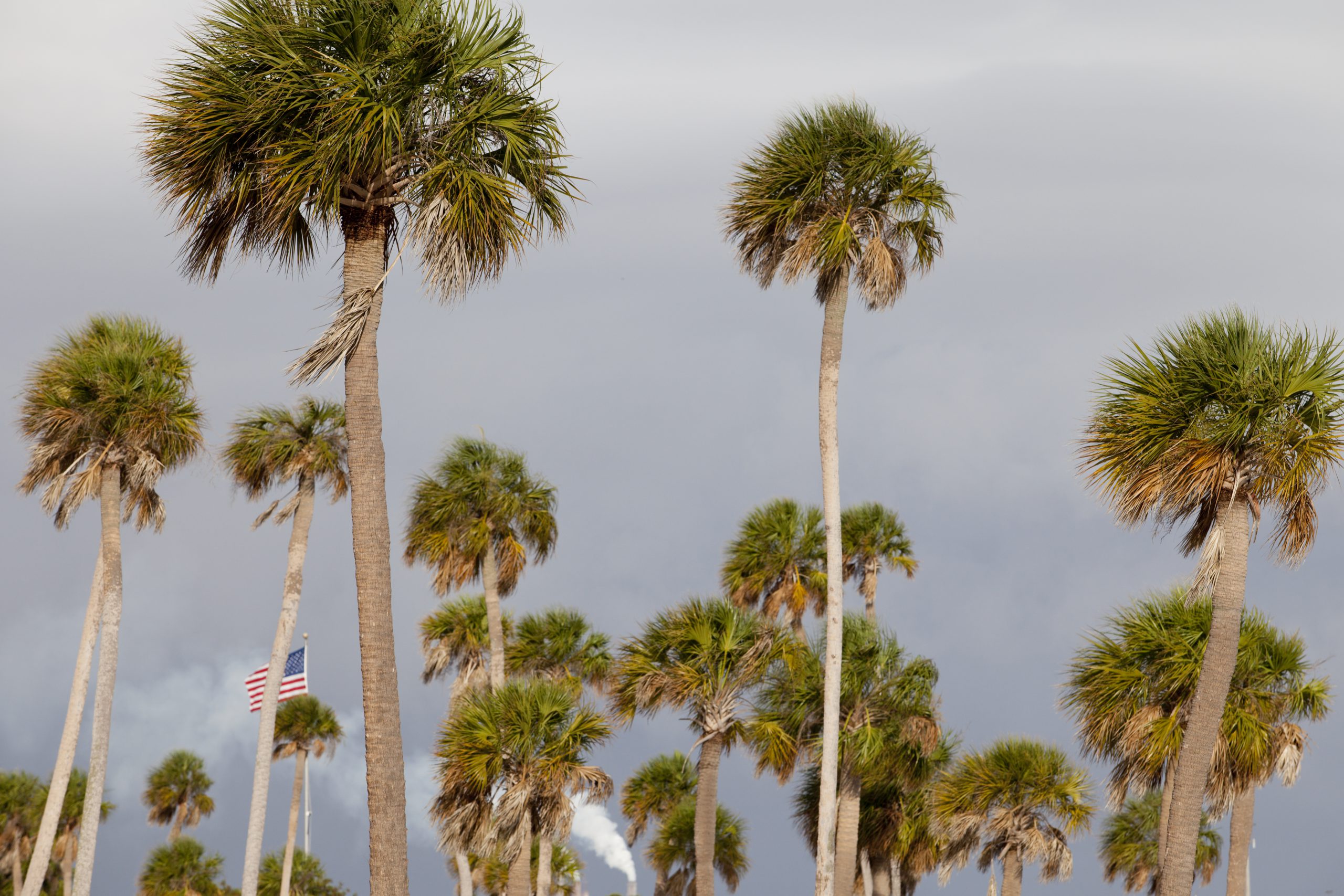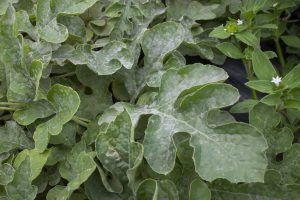Authored by Amanda Decker UF/IFAS Extension Orange County Summer Intern Graduating UF CALS December, 2022 B.S. Plant Science specialization in Plant Breeding and Genetics
What Makes Gardening in Florida so Different?
Many gardeners, including myself, are absolutely baffled when they move from northern states to Florida. This is especially true if you are from the Midwest! It is also difficult for new hobbyists to adapt. If you are anything like I was entering the gardening hobby, you may not know about some of the valuable resources out there to help your garden thrive in Florida’s climate. If there is something you would like to learn more about, check the resources below.
Soil

The soil, to many gardeners’ dismay, is mostly sand. Unfortunately, the sandy soils we now find ourselves with do not hold nutrients or water very well. The soil conditions can lead to wasteful use of water and fertilizers. In addition, it can stress plants and stunt their growth. There are many ways to adapt to this issue, such as amending the soil, that I encourage you to research further. Amending the soil can include the use of cover crops, mulch, and compost. Composting allows you to recycle some food and yard waste into mulch, soil amendment, or potting soil. Mulching modulates soil temperature, retains soil moisture, inhibits weeds, and organic mulch improves soil composition as it decomposes. Raised bed gardening is another excellent option. This is a gardening technique that raises yields and reduces maintenance. It utilizes freestanding, above-ground garden beds. It is critical to determine the soil pH of your garden. Soil pH influences soil bacteria and fungi activity, nutrient leaching, nutrient availability, toxic elements, and soil structure. You may learn the pH balance of your soil with an inexpensive soil analysis kit or contact your local UF/IFAS Extension office about soil testing.
Irrigation
There are many different ways to water your garden, including hand watering, overhead irrigation, and drip irrigation. It is beneficial to have your garden near a water source. If you choose to install an irrigation system, ensure that you install it before planting so the plants’ roots are not disturbed. It is necessary to keep in mind that Florida’s soils do not retain water well, which is one reason that amending the soil is beneficial. Plants should be watered deeply rather than lightly and frequently. Watering deeply results in the development of deep, sturdy roots, while light watering causes the development of shallow roots and weak growth. The frequency of watering is very site and situation-specific. The best practice is to observe your plants every 1-2 days and irrigate when the top half-inch or inch of soil is dry. Plants should be allowed to dry between waterings to avoid overwatering, which can rot roots, causing plant decline, produce undesirable fruit, or encourage diseases. In addition, underwatering can cause plant decline due to severe water stress. The best time to water the garden is early morning to allow soil and foliage time to dry.
Weeds
Weeds also thrive in Florida’s gardener paradise; they are ever-growing here, unlike in northern states. Their growth slows down during certain seasons depending on the type of weed, but their growth never halts. They contribute to loss of yield and yield quality in agriculture. They compete with crops for resources such as light, water, and nutrients. In addition, weeds can serve as reservoirs of plant pests and pathogens. Concerningly, pathogens can potentially present different or no signs and symptoms on certain weed species. You can prevent weeds with soil covers, such as mulch, landscape fabric, or perforated plastic. In addition, soil solarization is a method that prevents weeds, pests, and pathogens. Gardeners will often solarize their soil during the months when the temperature is hottest, like June, July, and August. This is because crop selection is limited during the hottest months, so gardeners have the option to plant the few crops that can tolerate such heat, plant cover crops, or solarize their soil while planning their fall garden. Soil solarization is performed by covering the soil surface for 6 to 8 weeks with a plastic sheet. The plastic should be clear so the sunlight can pass through it. The plastic traps heat, raising soil temperatures to levels lethal to pests and pathogens. This method will work best on wet soil, which will conduct the heat better. In addition, it will be most effective in full sun as shade will hinder the process. Established weeds can be hand-pulled, controlled through shallow cultivation with a hoe, or managed with other mechanical control strategies. As a last resort, weeds can be controlled chemically with herbicides. Timing, proper usage, and herbicide selection are crucial factors in efficient herbicide usage. Always read and follow the product label when using herbicides.
Climate
Florida’s climate is unique when compared to other states. Its agricultural success is associated with its moderate climate that allows for crop production during winter and spring. Central and north Florida have a humid subtropical climate, while south Florida has a tropical climate. Central Florida can experience both hot and cold extremes. In addition, the growing seasons in Florida can differ from other states by months. Beware that heat-loving plants that thrive in south Florida may be susceptible to injury in the northern, colder parts of the state. Therefore, selecting most of your plants from cold-hardy species may save you a lot of heartache. Protect plants from cold damage with burlap, thermal sheets, or blankets. If your plants suffer cold damage, do not prune the damaged areas until March or April, when the risk of frost has passed, because pruning stimulates new growth, which will be killed by ensuing cold spells. Summers are brutal in Florida for many vegetable crops due to the heat and moisture. Crop selection is often limited, but shade cloth can provide protection against direct sun exposure and the accompanying heat. Florida also has a true rainy and dry season. Winter and spring are our driest months, while June to October is our wettest, with afternoon rain almost every day! It will be important to consider water flow and drainage problems as they can become a serious landscaping concern. The rainy season also increases the risk of fungal pathogens.

Pests & Diseases

Unfortunately, the same climate that makes Florida ideal for gardening also provides conditions that allow insect pests to thrive. Different pests cause distinctive damage, depending on how they feed on the plant. They can have chewing mouthparts, which will leave tears or holes or sucking mouthparts, which can cause wilting, brown spots, or yellowing. In addition, Florida’s hot, humid climate is conducive to fungal pathogens, which cause most plant diseases in Florida. However, do not rule out bacteria and viruses as they can be present too. The successful gardener performs regular inspections of their plants, keeping a watchful eye for any signs or symptoms. It will be crucial to perform some research and problem-solving to figure out issues that may crop up in your garden. Identifying the culprit is essential for a management strategy because they will not react the same to control measures due to factors like biological differences. If you are ever unsure about the identity, you may seek additional help from your local UF/IFAS Extension office. They can help you navigate adjusting to gardening in the Sunshine State. If you find that disease is an issue, you can select genetically improved varieties that are resistant.
Crop Selection
Now that we know about environmental conditions and how they affect our gardens, we can look at crop selection! Selecting the right vegetable varieties can be the difference between success and failure. It is best to pick crops that you and your family will enjoy. It wouldn’t make sense to plant broccoli if everybody hates broccoli! Crop selection can be confusing due to the variety of seed sources. Buyers beware that the varieties offered by nationwide “big box” stores may not be suitable for your area.
Luckily, UF/IFAS has plenty of resources about suitable varieties, where to obtain your seeds, and planting dates:
Florida Vegetable Gardening Guide
Florida Gardening for New Residents
Do not feel as if the choices of plant varieties are set in stone. Gardening is where we can express our creativity; it is as much an art as it is a skill. These resources are simply to help you along your journey and supplement your knowledge. There can be a lot of fluctuating factors to keep track of, and it can feel overwhelming! I recommend keeping a garden journal or log of your experiences to help guide you in future endeavors. UF/IFAS provides resources on this aspect as well, which will be provided below. I hope this gets you off to a better start than I had. Best of luck on your gardening adventure!

Garden Logs and Planning:
Gardening with Your Computer Part 1
Gardening with Your Computer Part 2
 0
0
